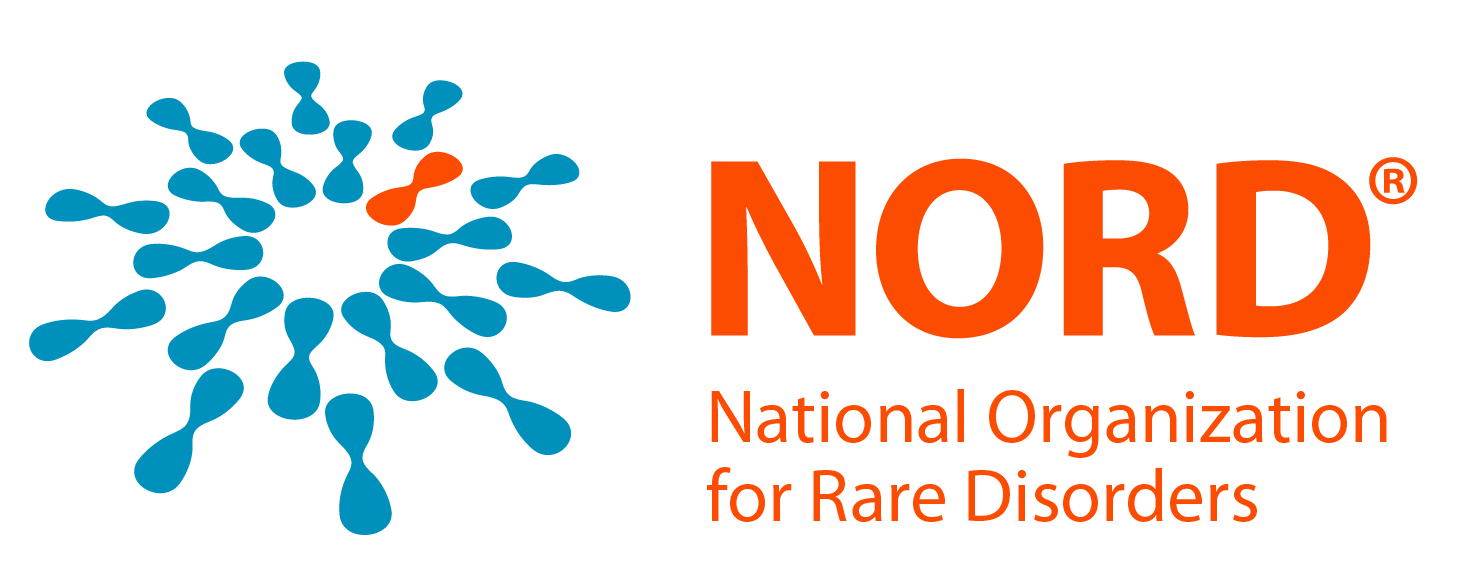The animated videos in NORD’s Rare Disease Video Library provide brief introductions to rare disease topics for patients, caregivers, students, professionals and the public. NORD collaborates with medical experts, patient organizations, videographers and Osmosis to develop the videos, which are made possible by individual donations, educational grants and corporate sponsorships. NORD is solely responsible for the content.
Focal segmental glomerulosclerosis (FSGS) is a term for a specific pattern of damage to the kidneys. The kidneys are two bean-shaped organs in the body, one on each side of the body just below the rib cage in the back. The kidney has multiple functions including filtering the blood of waste products and other substances and producing urine to carrying waste from the body. FSGS occurs when the filters of the kidney, which are made of clusters of tiny blood vessels (capillaries) and known as renal glomeruli, become scarred or hardened (sclerosis). Each kidney has about a million glomeruli, which are part of a larger structure called the nephron; the nephron is the basic unit of the kidneys. The glomeruli help to filter out waste products and extra fluid from the blood. Scarring or damage to the glomeruli can lead to an inability of the kidneys to process waste products and eliminate those waste products from the body through the urine. Ultimately, these abnormalities lead to progressive kidney damage including decreased function and efficiency of the kidneys, and potentially kidney failure. There are different causes of FSGS and, in some instances, the cause is unknown. Depending on the cause, FSGS may be treated with certain medications, but sometimes despite treatment affected individuals will eventually require dialysis or a kidney transplant.
FSGS is a varied, complex pattern of kidney damage that has several different causes and numerous names and terminology, as well as different proposed classification systems. There is disagreement in the medical literature regarding which classification system is most effective in grouping FSGS. This can be extremely confusing to patients and caregivers.
The term ‘focal segmental glomerulosclerosis’ is defined as scarring or hardening (sclerosis) of parts (segmental) of some (focal) glomeruli while other glomeruli remain unaffected. These changes can be seen in kidney tissue when studied under a microscope. However, many times sclerosis progresses to affect a more widespread and global glomeruli population and the term focal segmental glomerulosclerosis, technically, does not remain accurate.
There have been several different attempts to classify FSGS, with the most straightforward being – secondary, genetic, and primary (or idiopathic) – which classifies the condition based on the underlying cause. Secondary forms include adaptive (or postadaptive) FSGS, which results from conditions that cause overactivity (hyperfiltration), stress, or high blood pressure affecting the glomeruli. This also includes reduced mass of the kidneys; as a result of the healing process from a previous kidney injury; or direct toxic effect of certain drugs or viruses. The genetic forms of FSGS are caused by an abnormal version in a gene, which causes damage to the glomeruli, or in a gene that leads to a predisposition to developing kidney damage. Some families have multiple family members who have FSGS because of one of these genetic abnormalities. Recently, researchers have established a strong connection between abnormal variants in the APOL1 gene, which is found in individuals of sub-Saharan African ancestry, and the development of FSGS. Primary (or idiopathic) FSGS is the most common form of FSGS, and is diagnosed when no secondary or genetic cause can be identified.
Another classification system, called the Columbia Classification, breaks down FSGS into five subtypes based on the appearance (morphology) of the FSGS lesions affecting the glomeruli as seen under a microscope. These five variants are: perihilar, cellular, tip, collapsing, and FSGS not otherwise specified. These distinctions are important when physicians decide how to treat a patient with FSGS.
